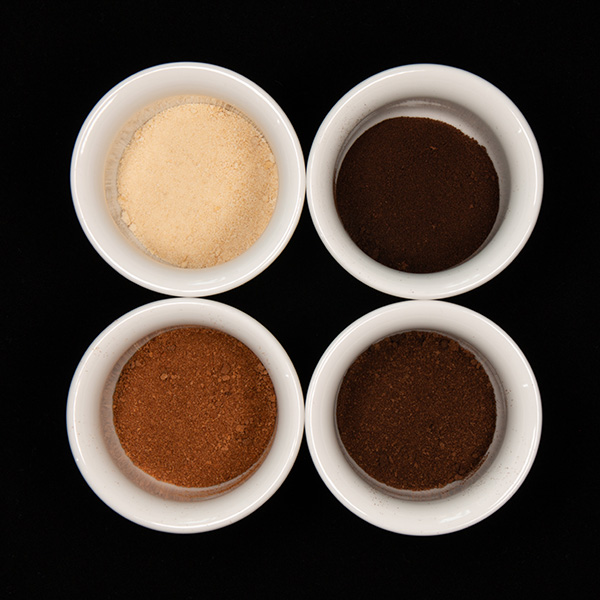FOR IMMEDIATE RELEASE
“Biodegradable Wastepaper-Based Foam with Ultrahigh Energy-Absorbing, Excellent Thermal Insulation, and Outstanding Cushioning Properties”
ACS Sustainable Chemistry & Engineering

With the holiday season in full swing, gifts of all shapes and sizes are being shipped around the world. But all that packaging generates lots of waste, including cardboard boxes and plastic-based foam cushioning, such as Styrofoam™. Rather than discard those boxes, researchers publishing in ACS Sustainable Chemistry & Engineering developed a cushioning foam from cardboard waste. Their upcycled material was stronger and more insulating than traditional, plastic foam-based cushioning.
Among the many kinds of trash that accumulate within a home, wastepaper is one of the most common. Everything from newspapers and junk mail to paperboard envelopes and cardboard boxes can pile up, especially as internet shopping has exploded in popularity. Researchers are interested in turning these containers and paper waste into something else that’s useful — sturdy but light mailing materials. Currently, to keep electronics and toys nestled tightly inside of a box, molded cushioning materials, such as Styrofoam, are typically used. A sustainable alternative could be lightweight, cellulose aerogels, but current methods to produce them from wastepaper require several chemical pretreatment steps. So, Jinsheng Gou and colleagues wanted to find a simpler way to make a wastepaper-based foam material that could withstand the roughest of deliveries.
To create their foam, the team broke down cardboard scraps in a blender to create a pulp, then mixed it with either gelatin or polyvinyl acetate (PVA) glue. The mixtures were poured into molds, refrigerated, then freeze-dried to form cushioning foams. Both paper-based foams served as good thermal insulators and strong energy absorbers — even better than some plastic foams. The team then created a heavy-duty version of their wastepaper foam by combining the pulp, gelatin, PVA glue, and a silica-based fluid that hardens as force is applied. This version of the cardboard-based foam withstood hits from a hammer without falling apart, and that result suggests the foam could be used in force-intensive deliveries, such as parachute-free airdrops. The researchers say their work offers a simple yet efficient method to upcycle cardboard to create more environmentally friendly packaging materials.
The authors acknowledge funding from the Beijing Key Laboratory of Wood Science and Engineering.
###
The American Chemical Society (ACS) is a nonprofit organization chartered by the U.S. Congress. ACS’ mission is to advance the broader chemistry enterprise and its practitioners for the benefit of Earth and all its people. The Society is a global leader in promoting excellence in science education and providing access to chemistry-related information and research through its multiple research solutions, peer-reviewed journals, scientific conferences, eBooks and weekly news periodical Chemical & Engineering News. ACS journals are among the most cited, most trusted and most read within the scientific literature; however, ACS itself does not conduct chemical research. As a leader in scientific information solutions, its CAS division partners with global innovators to accelerate breakthroughs by curating, connecting and analyzing the world’s scientific knowledge. ACS’ main offices are in Washington, D.C., and Columbus, Ohio.
To automatically receive press releases from the American Chemical Society, contact newsroom@acs.org.
Note: ACS does not conduct research, but publishes and publicizes peer-reviewed scientific studies.





